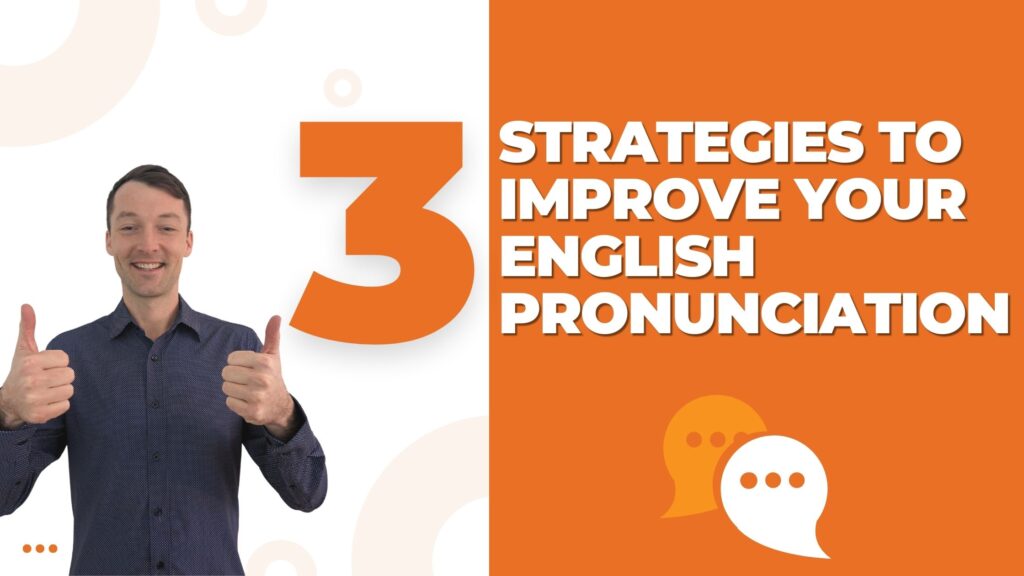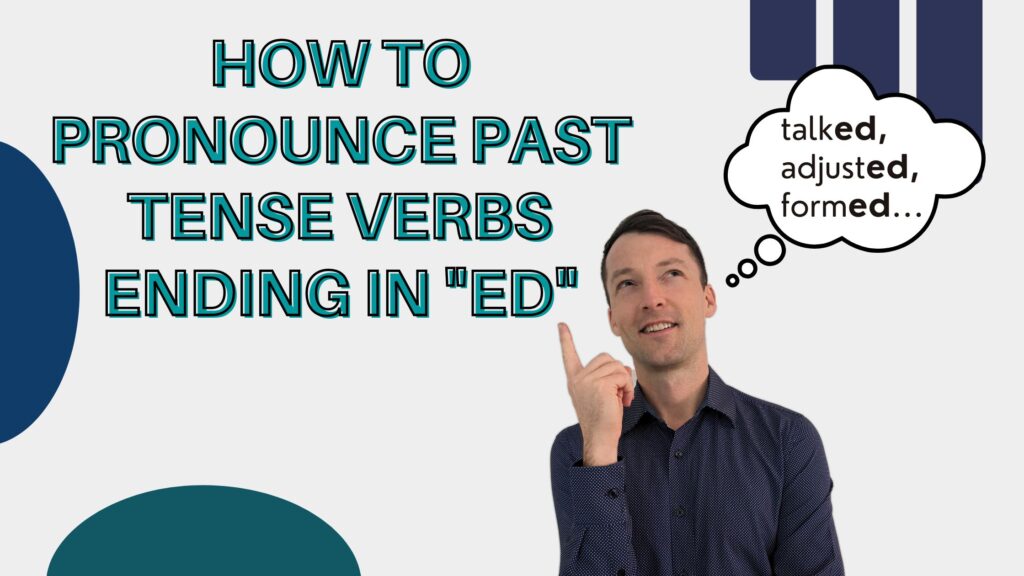The present perfect tense in English is a past tense. However, it is different than the simple past. It is a past tense, but it connects with the present. Today I show you how to form the present perfect tense. I also show you how to ask and answer questions with it. Finally, I show you some ways that this tense is used. I also give you example sentences. In the next posting, I talk some special words that require you to use the present perfect. At the end, of course, there will be a download. The download will give you some common verbs that are irregular in the simple past and have irregular past participles.
The present perfect tense is not the simple present, and it is not the simple past. The simple past talks about an action that is completely finished. The present perfect talks about the past, but it connects to the present.
How do we form the present perfect tense?
The present perfect tense is easy to form. We use the simple present form of the verb to have. Then we add the past participle.
What is a past participle?
The past participle is a special verb form of the past. We never use it by itself. Instead, we use it with auxiliary verbs such as have. Most of the time it is easy to know what the past participle of a verb is. If the simple past is regular (it ends in ed ), the past participle is exactly the same. For example, the simple past of work is worked. The past participle of work is also worked. Of course some verbs have irregular forms in the simple past. If a verb is irregular in the simple past, the past participle is also irregular. For example, the simple past of eat is ate. The past participle is eaten. You will have to learn the irregular forms, but the download at the end will help you.
The present perfect tense is the affirmative and negative.
To form the present perfect tense in the affirmative or negative, use the following formula:
subject + have/has (not, for negative) + past participle
I have worked ![]() . I haven’t worked
. I haven’t worked ![]() .
.
You have worked. You haven’t worked.
He/She/It has worked. He/She/It hasn’t worked.
We have worked. We haven’t worked.
They have worked. They haven’t worked.
Asking a question in the present perfect tense.
To ask a yes/no question in the present perfect tense, use the following structure:
have/has + subject + past participle
Have you lived in Denver a long time? ![]() Yes, I have. No, I haven’t.
Yes, I have. No, I haven’t.
Has your sister watched that new movie? ![]() Yes, she has. No, she hasn’t.
Yes, she has. No, she hasn’t.
To ask a wh question, use the yes/no structure, and put the wh in front.
Wh + have/has + subject + past participle
Where have you worked in the past three years? I have worked in two hospitals.
What has he done (past participle of do) to his jacket? He fell down and got it dirty.
When do we use the present perfect tense?
In this posting I talk about 8 times that we use the present perfect tense. I will talk about some other ways in the next posting.
- We use the present perfect tense for an action we started in the past, but it is not yet finished. It is still going on in the present.
I have lived in Denver for 6 years. ![]() I started living in Denver in the past, 6 years ago. But I’m not finished yet. I still live in Denver.
I started living in Denver in the past, 6 years ago. But I’m not finished yet. I still live in Denver.
2. The present perfect is used when the time period we are talking about is not yet finished.
We have seen 3 movies this week. We saw three movies in the past, but all this week. The week is not over yet, however. Maybe we are going to see some more.
3. We use the present perfect to talk about an action that we repeated over and over again in the past. We know it happened in the past, but we don’t know a specific date.
I have been to California many times. We know you took your trips to California in the past, but we don’t know exactly when.
4. We use the present perfect to talk about an action that happened in the very recent past, maybe only a few minutes ago. When this happens, we use the word just after have or has.
I have just returned from vacation. ![]() This means that you probably returned sometime today.
This means that you probably returned sometime today.
5. We use the present perfect tense to talk about an action that happened in the past, but the exact time is not important.
She has studied computer science. She studied computer science sometime in the past, but it doesn’t matter when. The only thing that is important is that she knows a lot about computers.
6. We can describe a life experience using the present perfect.
I have lived in France. I had this experience in the past, but you don’t know when. The experience is more important than the exact date.
7. The present perfect tense can describe a change that happens over time, and may continue into the present.
Chinese has become an important language to study. At one time Chinese was not an important language to study. Things changed, however. It became more and more important. Today it is an important language to study.
8. The present perfect tense can describe an accomplishment.
Man has walked on the moon. We know this happened in the past. Again, the accomplishment is more important than exactly when it happened.
You now know how to form the present perfect tense. You are also familiar with past participles. The present perfect talks about something that happened in the past, but is not yet finished. It may be continuing into the present. You also know that the present perfect tense is used when an action happened or was repeated in the past, but you don’t know exactly when. The next posting will give you some specific words that require the present perfect tense. The download will help you with verbs that have irregular forms in the simple past and the past participle.
Idioms of the day
- A song and dance
 –This means a long, complicated story that probably isn’t true. The student forgot to do his homework. He was afraid to tell the teacher, thought. He made up a song and dance about why he didn’t have his homework.
–This means a long, complicated story that probably isn’t true. The student forgot to do his homework. He was afraid to tell the teacher, thought. He made up a song and dance about why he didn’t have his homework. - Get a kick out of
 –This means to greatly enjoy something or someone. Playing golf is so much fun! I really get a kick out of it.
–This means to greatly enjoy something or someone. Playing golf is so much fun! I really get a kick out of it.






Pingback: The Present Perfect--Have You Ever Used This Tense?